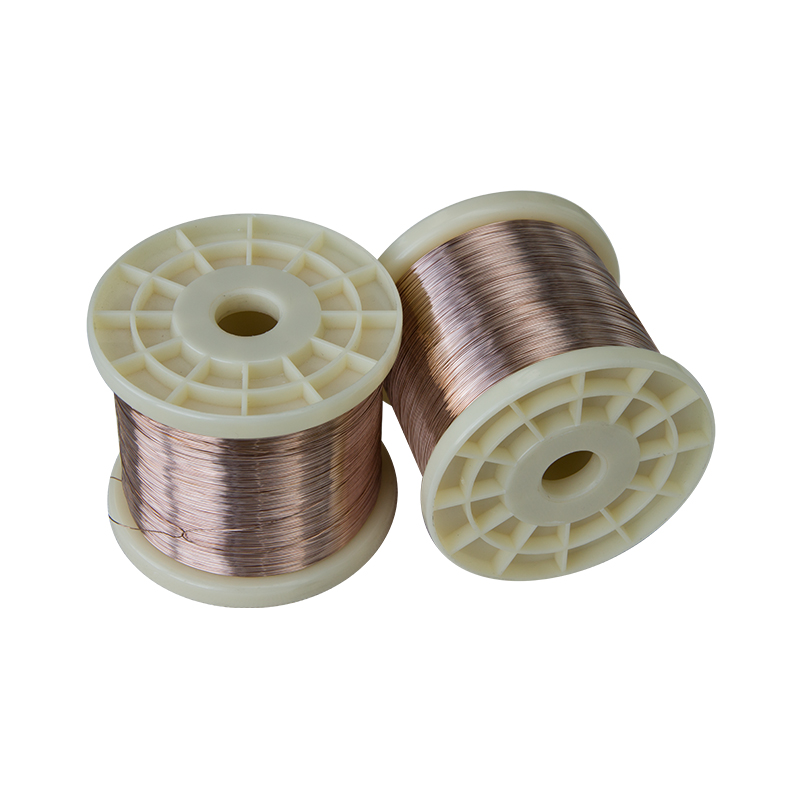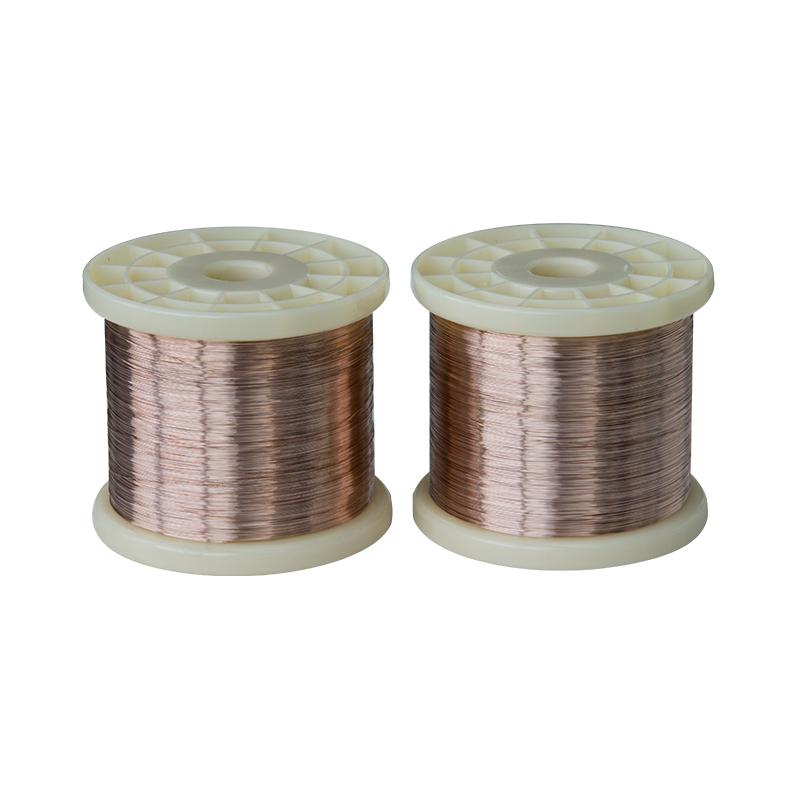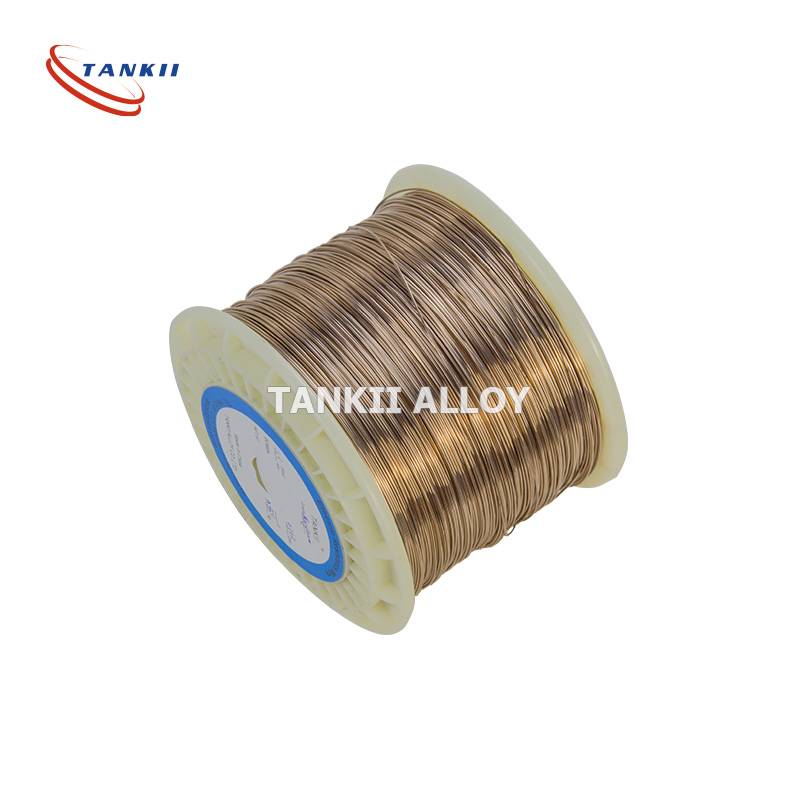Manganin resistance wire for potentiometers
The alloy is used for the manufacture of resistance standards, precision wire wound resistors, potentiometers, shunts and other electrical
and electronic components. This Copper-Manganese-Nickel alloy has a very low thermal electromotive force (emf) vs. Copper, which
makes it ideal for use in electrical circuits, especially DC, where a spurious thermal emf could cause malfunctioning of electronic
equipment. The components in which this alloy is used normally operate at room temperature; therefore its low temperature coefficient
of resistance is controlled over a range of 15 to 35ºC.
Manganin Applications:
1; It is used for making wire wound precision resistance
2; Resistance boxes
3; Shunts for electrical measuring instruments
Manganin foil and wire is used in the manufacture of resistors, particularly ammeter shunts, because of its virtually zero temperature coefficient of resistance value and long term stability. Several Manganin resistors served as the legal standard for the ohm in the United States from 1901 to 1990. Manganin wire is also used as an electrical conductor in cryogenic systems, minimizing heat transfer between points which need electrical connections.
Manganin is also used in gauges for studies of high-pressure shock waves (such as those generated from the detonation of explosives) because it has low strain












